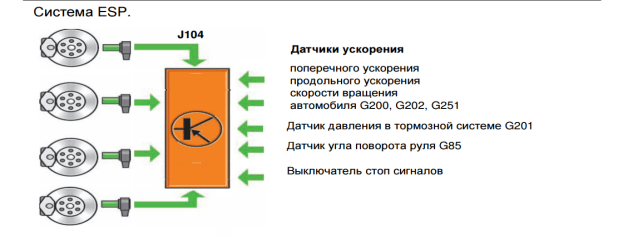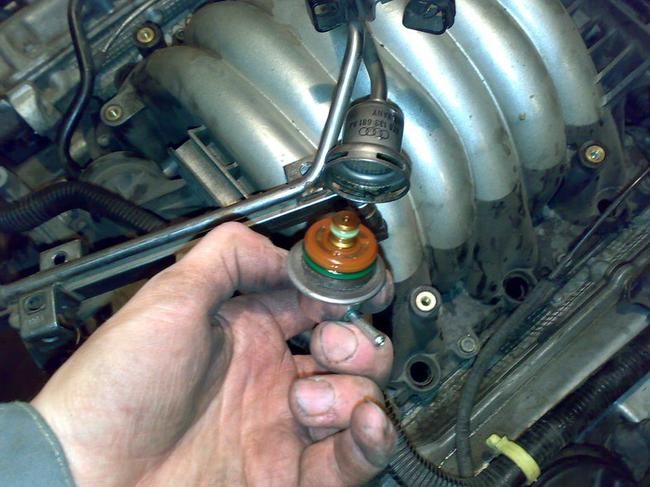
How car acceleration works
During acceleration from 0 to 60, the throttle, engine, differential and tires of the car are mainly involved. How fast it will take depends on the features of these parts.
When you step on the gas pedal in your car, a series of forces come into play to make it move. Here is a summary of what happens when your car accelerates.
Throttle to engine
The accelerator pedal is directly connected to your car's engine. It controls the flow of air into the intake manifold, either through the throttle body for fuel injection or through the carburetor. This air is then mixed with the fuel, supplied by either the fuel rail and fuel injectors or the carburetor, and then supplied with a spark (such as fire) powered by the spark plugs. This causes combustion, which forces the engine's pistons down to rotate the crankshaft. As the gas pedal approaches the floor, more air is sucked into the intake manifold, which mixes with even more fuel to make the crankshaft turn faster. This is your engine "gaining momentum" as the number of revolutions per minute (rpm) of the crankshaft increases.
Engine to differential
If the output shaft of the engine's crankshaft is not connected to anything, it will just spin and make noise, not accelerate. This is where the transmission comes into play as it helps convert engine speed into wheel speed. Regardless of whether you have a manual or automatic transmission, both options are connected to the engine through the input shaft. Either a clutch for a manual transmission or a torque converter for an automatic transmission is clamped between the engine and transmission. Essentially, the clutch drives the engine from the transmission, while the torque converter maintains the connection, but uses a one-way liquid-fed stator and turbine to eliminate engine stall at idle. Think of it like a device that is constantly "overshooting" the connection between the engine and transmission.
At the end of the transmission is an output shaft that turns the driveshaft and eventually the tires. Between it and the input shaft, packed into the transmission case, are your gears. They increase the speed of rotation (torque) of the output shaft. Each gear has a different diameter to increase torque but decrease output speed or vice versa. First and second gears - what your car is usually in when you first start accelerating - are more than a 1:1 gear ratio that mimics your engine directly connected to the tires. This means that your torque is increased to get the heavy machine moving, but the output speed is reduced. As you shift between gears, they gradually decrease to increase output speed.
This output speed is transmitted through a drive shaft which is connected to the differential. It is usually placed in an axle or housing depending on the type of drive (AWD, FWD, RWD).
Differential to tires
The differential connects both drive wheels together, controls the rotation of your tires by rotating your transmission's output shaft, and allows your car to turn smoothly as the left and right tires travel different distances around the corner. It consists of a pinion gear (which is driven by the transmission output shaft), a ring gear, a spider that provides different output speeds, and two side gears directly connected to axle shafts that turn the tires. The differential essentially turns the direction of power flow 90 degrees to rotate the left and right tires. The ring gear acts as a final drive to reduce speed and increase torque. The higher the gear ratio, the lower the maximum output speed of the axle shafts (i.e. tires), but the higher the torque amplification.
Why is my car not accelerating?
As you can tell, there are many factors that go into making your car move, so if your car isn't accelerating as it should, or isn't accelerating at all, there could be a number of reasons to blame. For example, if your engine revs but doesn't move the car when in gear, it's likely that your clutch is slipping. A stalling engine will obviously hamper acceleration, so make sure you know how to diagnose a stalling engine. If any of this is happening to your vehicle and you don't know what to do, be sure to call one of our certified mobile mechanics who will come to your home or office to diagnose and repair your vehicle. Get an offer and make an appointment online or speak with a service consultant at 1-800-701-6230.
